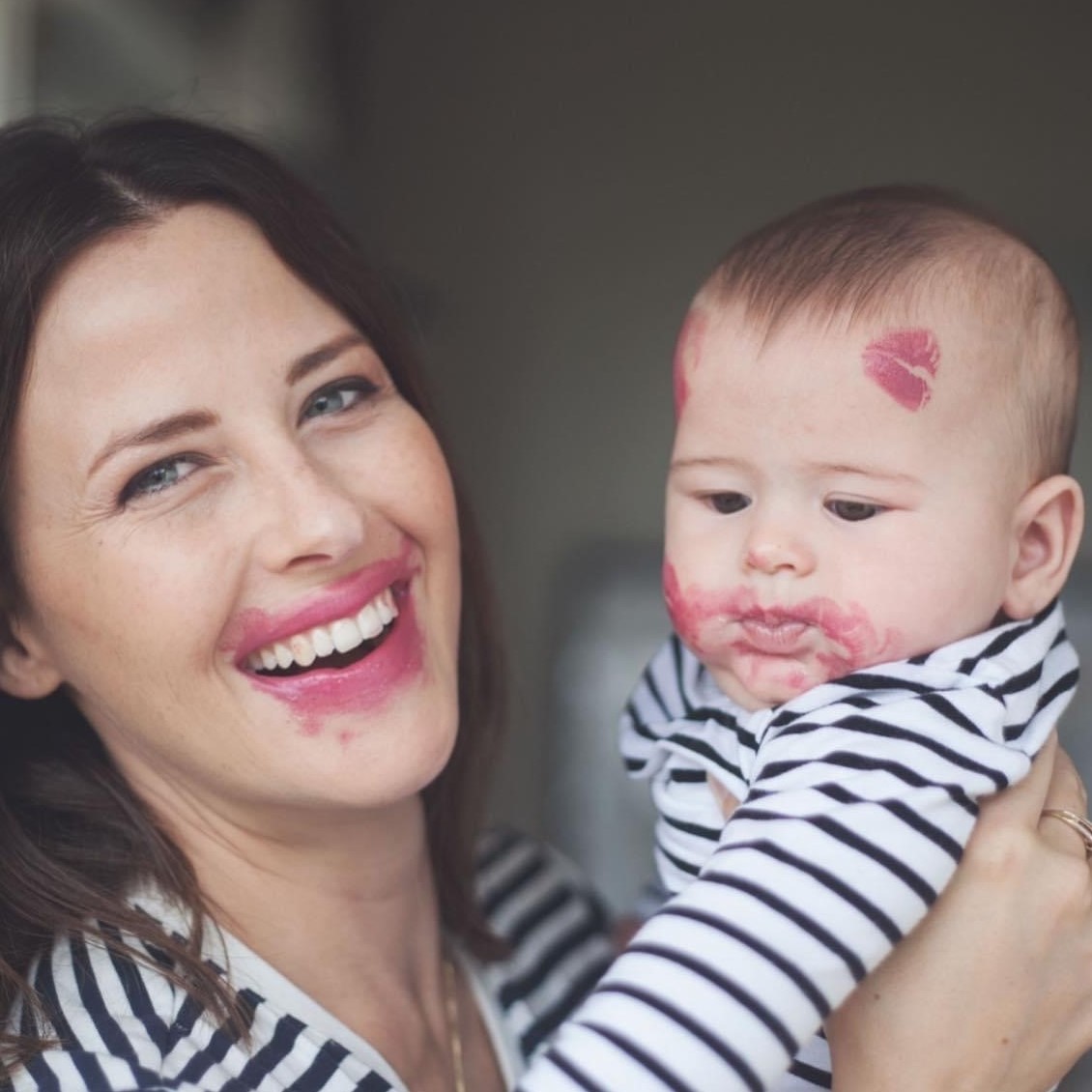Formula Feeding 101: How to Choose an Infant Formula
The World Health Organization (WHO) recommends that babies are exclusively breastfed for the first six months of life and continue to be breastfed alongside complementary foods for up to two years of age and beyond. When a baby does not receive breast milk, a scientifically developed infant formula is the only suitable and safe alternative.

A clear and simple guide to choosing an infant formula for your pēpi if breast milk isn’t an option.
The choice of how to feed your baby is always yours. If you find yourself needing to feed your baby formula because breast milk isn’t an option, we hope this article helps you decide which one to choose because… honestly, the formula aisle at the shops can be incredibly overwhelming! There are so many options. You’re the only person who can determine what’s best for your pēpi, so we won’t be telling you which formula brand or type to choose but we will give you some information that is intended to help you make an informed decision.
THE ESSENTIALS
- Make sure you always give your baby formula that is age-appropriate – this will be clearly marked on the can. If you feed your pēpi a formula that is intended for older babies, they can become unwell.
- Most healthy babies who are not being breastfed or receiving donor breast milk can be fed a cows’ milk formula.
- Always follow the instructions for safe preparation on the can and follow advice on how to clean and sterilise bottles before use.
- Until your baby is six months’ old, they only need breast milk or infant formula – other drinks are unnecessary.
- Avoid homemade infant formula – this can be dangerous for your baby and can make them seriously unwell.
- Never use standard cows’ milk in place of breast milk or infant formula for a baby under 12 months of age.
IS ALL INFANT FORMULA MADE EQUAL?
In New Zealand, Food Standards Australia and New Zealand (FSANZ) is an independent organisation that is responsible for setting strict safety and nutrition standards for all infant formulas to adhere to. The FSANZ determines which ingredients can and cannot be in infant formula and they also specify the mandatory nutrients that every infant formula product must have to ensure all your baby’s needs are met. There is no independent evidence that suggests one brand or type of infant formula is better than another and just because one brand is more expensive doesn’t mean it’s superior. So, with all this in mind, you can be confident that by choosing any formula that suits your budget, your baby will be fine.
WHAT IS ‘GOLD’ INFANT FORMULA?
Due to the standards set by the FSANZ, the nutritional profile of infant formulas sold in New Zealand are very similar. Both ‘standard’ and ‘Gold’ infant formulas sold in New Zealand must meet all of the criteria for providing a nutritionally complete and balanced product so your pēpi can grow and thrive and both are safe for your baby to consume. The only difference with ‘Gold’ infant formulas is that they meet all of the regulations in terms of required nutrients and also include some additional ingredients that may be added and may provide additional benefits.
ALTERNATIVES TO COWS’ MILK FORMULA
Most healthy babies who are not being breastfed or receiving donor breast milk can be fed a cows’ milk formula but there are also other animal milk-based formulas available, such as goats’ milk and sheep milk. These are all scientifically developed to be safe for your baby to consume so ultimately, the choice is yours.
- Goats’ milk contains both whey and casein proteins, like cows’ milk, but mostly contains beta casein protein, which is similar to breast milk. Beta casein is easier to digest than alpha casein (which cows’ milk contains) but whey is the most easily-digestible protein. Refer to the goats’ milk formula can for the whey/casein ratio.
- Sheep milk formula contains both whey and casein proteins, like cows’ milk, but it is naturally an A2 type milk. Essentially, the beta casein in sheep milk is A2 which is regarded as easier to digest than A1. Some cows’ milk formulas contain both A1 and A2 but there are some A2 cows’ milk formulas available too. Refer to the sheep milk formula can for the whey/casein ratio.
Soy-based formula is formulated from soya bean, therefore it is a vegetarian alternative to animal milk-based formulas. However, soy-based infant formula not recommended by the Ministry of Health unless it is medically necessary. Seek guidance from a health professional first.
WHAT IF MY BABY HAS A COWS’ MILK ALLERGY?
2-3% of children (meaning up to 3 in every 100 tamariki) will have a cows’ milk allergy (CMA) which is where they react to the protein in cows’ milk. In babies, the symptoms can vary from tummy symptoms to skin and breathing problems. You can visit Health Navigator for more information on the symptoms of CMA. Remember: If your baby has a severe allergic reaction, call 111.
If you suspect that your baby has cows’ milk allergy, consult a health professional such as your LMC, GP or Well Child Tamariki Ora nurse for advice before purchasing an alternative formula. If your child is found to have a cows’ milk allergy by a doctor and they are formula fed, they will need to have a specialised non-dairy infant formula. This will either be a soy-based formula, extensively hydrolysed formula (eHF) or an amino acid formula (AAF) – the type that is best suited to your baby will depend on the type of allergy so it’s best to consult your health professional for their advice on which one to try.



